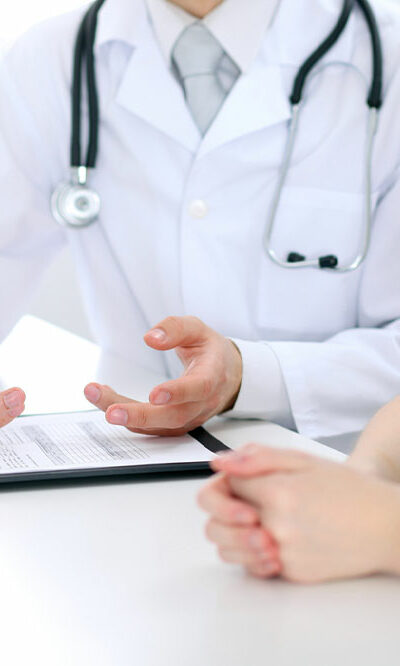
6 common types of loans to know about
One may need money for various reasons, whether it is for funding further education costs, buying a new house, or starting up a new business. A steady income may cover most of one’s regular expenses, but major purchases or emergencies may require one to borrow funds. The banks and federal organizations offer many options for people to borrow money with varying interest rates and repayment schedules. Read on to understand the common types of loans. Personal loans Personal finance is a versatile option that can help fulfill various needs. It can be availed to cover expenses like emergency bills, vacation, medical treatment, relocation to a different city, home renovation, wedding, or buying expensive electronics like tablets, computers, washers, and refrigerators. Usually, the repayment period can range from a few months up to a couple of years and the interest rate can either be fixed or variable, depending on the preference of the borrower. One can apply for personal loans via a bank or an online lender. One can choose between a secured and unsecured personal loan . In case of a secured loan, the borrower needs to provide a collateral that can back it up. This collateral can be any valuable, such as a vehicle, savings account, life insurance policy, or gold, which acts as a type of security for the lender who can claim it if the borrower fails to repay the loan amount. Secured loans are relatively cheaper than unsecured ones as the lender has a collateral backing. Alternatively, unsecured loans don’t need any collateral and are also known as signature loans since the lender does not have any security of the loan except the borrower’s signature. Unsecured loans are more convenient and quicker than secured ones, but they also tend to be costlier or have higher interest rates.





